Mac Kung Fu: Over 300 Tips, Tricks, Hints, and Hacks for OS X LionKeir Thomas Over 300 Tips, Tricks, Hints, and Hacks for OS X Lion
Erscheinungsjahr: 2011
Von Keir, Thomas
After you''ve uncovered the basics in Lion, Mac Kung Fu is your next step. You''ll learn how to master everyday tools such as the Dock, Spotlight, Mission Control, Launchpad, and Dashboard. You''ll discover other amazingly useful tools and built-in add-ons that you never knew existed. You''ll customize the OS X interface, refine your workflow, learn valuable security tricks, work better with photos, movies and documents, and test your Mac hardware. You''ll wow friends with your insanely great Mac knowledge!
Mac Kung Fu details things even Mac Geniuses don''t know. And why should they? Many of the tips in this book exploit settings or experimental features never officially made public.
Each tip in this unique book is deliberately short and readable, and you can dip in and out whenever you want. Most take less than a minute to complete, yet the results last for a lifetime of better computing.
What You Need:
Mac OS 10.7 (Lion) and above. Python UnlockedArun Tigeraniya Key Features Write smarter, bug-free, high performance code with minimal effortUncover the best tools and options available to Python developers todayDeploy decorators, design patters, and various optimization techniques to use Python 3.5 effectivelyBook Description
Python is a versatile programming language that can be used for a wide range of technical tasks―computation, statistics, data analysis, game development, and more. Though Python is easy to learn, it's range of features means there are many aspects of it that even experienced Python developers don't know about. Even if you're confident with the basics, its logic and syntax, by digging deeper you can work much more effectively with Python – and get more from the language.
Python Unlocked walks you through the most effective techniques and best practices for high performance Python programming - showing you how to make the most of the Python language. You'll get to know objects and functions inside and out, and will learn how to use them to your advantage in your programming projects. You will also find out how to work with a range of design patterns including abstract factory, singleton, strategy pattern, all of which will help make programming with Python much more efficient. Finally, as the process of writing a program is never complete without testing it, you will learn to test threaded applications and run parallel tests.
If you want the edge when it comes to Python, use this book to unlock the secrets of smarter Python programming. What you will learn Manipulate object creation processes for instances, classes, and functionsUse the best possible language constructs to write data structures with super speed and maintainabilityMake efficient use of design patterns to decrease development time and make your code more maintainableWrite better test cases with an improved understanding of the testing framework of Python and unittests, and discover how to develop new functionalities in itWrite fully-optimized code with the Python language by profiling, compiling C modules, and moreUnlock asynchronous programming to build efficient and scalable applicationsAbout the Author
Arun Tigeraniya has a BE in electronics and communication. After his graduation, he worked at various companies as a Python developer. His main professional interests are AI and Big Data. He enjoys writing efficient and testable code, and interesting technical articles. He has worked with open source technology since 2008. He currently works at Jaarvis Labs Limited, India. Table of Contents Objects in DepthNamespaces and ClassesFunctions and UtilitiesData Structures and AlgorithmsElegance with Design PatternsTest-Driven DevelopmentOptimization TechniquesScaling Python R for Data ScienceDan Toomey This book is written for data analysts who have a firm grip of some advanced data analysis techniques. You should have some basic knowledge of the R language and should know about some data science topics. Pointers in C: A Hands on ApproachNaveen Toppo, Hrishikesh Dewan Pointers in C provides a resource for professionals and advanced students needing in-depth but hands-on coverage of pointer basics and advanced features. The goal is to help programmers in wielding the full potential of pointers.
In spite of its vast usage, understanding and proper usage of pointers remains a significant problem. This book’s aim is to first introduce the basic building blocks such as elaborate details about memory, the compilation process (parsing/preprocessing/assembler/object code generation), the runtime memory organization of an executable and virtual memory. These basic building blocks will help both beginners and advanced readers to grasp the notion of pointers very easily and clearly. The book is enriched with several illustrations, pictorial examples, and code from different contexts (Device driver code snippets, algorithm, and data structures code where pointers are used).
Pointers in C contains several quick tips which will be useful for programmers for not just learning the pointer concept but also while using other features of the C language. Chapters in the book are intuitive, and there is a strict logical flow among them and each chapter forms a basis for the next chapter. This book contains every small aspect of pointer features in the C language in their entirety.
What youll learn
The concept of pointers and their use with different data types
Basic and advanced features of pointers
Concepts of compilers, virtual memory, data structures, algorithms and string processing
Concepts of memory and runtime organization
Referencing and dereferencing of pointer variables
NULL pointers, Dangling pointers, VOID pointers and CONST qualifiers
Workings of dynamic data structures
Pointers to pointers
Triple, and quadrupal pointers
Self referential structures, structure padding, and cache based optimization techniques.
Who this book is for Professional programmers, advanced students of computer science, and enthusiasts of the C language. Embedded systems programmers will also find the advanced knowledge of pointers offered in this book very helpful. Grokking Deep LearningAndrew Trask Artificial Intelligence is the most exciting technology of the century, and Deep Learning is, quite literally, the "brain" behind the world's smartest Artificial Intelligence systems out there.
Grokking Deep Learning is the perfect place to begin the deep learning journey. Rather than just learning the "black box" API of some library or framework, readers will actually understand how to build these algorithms completely from scratch.
Purchase of the print book includes a free eBook in PDF, Kindle, and ePub formats from Manning Publications. | Sciencia: Mathematics, Physics, Chemistry, Biology, and Astronomy for AllMatt Tweed, Matthew Watkins, Moff Betts, Burkard Polster, Gerard Cheshire From basic mathematical and physical formulas that govern much of our world to the components of matter; from the structure of the cosmos to that of the human body-the discoveries of scientists over the last millennium have been remarkable.
Sciencia gathers together Useful Mathematical and Physical Formulae, Q.E.D, Essential Elements, Evolution, The Human Body, and The Compact Cosmos, six elegant and insightful short volumes spanning the realms of mathematics, physics, chemistry, biology, evolution, and astronomy, offering invaluable information to today's readers. Lavishly illustrated with engravings, woodcuts, and original drawings and diagrams, Sciencia will inspire readers of all ages to take an interest in the interconnected knowledge of the modern sciences.
Beautifully produced in thirteen different colors of ink, Sciencia is an essential reference and an elegant gift.
Wooden Books was founded in 1999 by designer John Martineau near Hay-on-Wye. The aim was to produce a beautiful series of recycled books based on the classical philosophies, arts and sciences. Using the Beatrix Potter formula of text facing picture pages, and old-styles fonts, along with hand-drawn illustrations and 19th century engravings, the books are designed not to date. Small but stuffed with information. Eco friendly and educational. Big ideas in a tiny space. There are over 1,000,000 Wooden Books now in print worldwide and growing. Python for Signal Processing: Featuring IPython NotebooksJosé Unpingco This book covers the fundamental concepts in signal processing illustrated with Python code and made available via IPython Notebooks, which are live, interactive, browser-based documents that allow one to change parameters, redraw plots, and tinker with the ideas presented in the text. Everything in the text is computable in this format and thereby invites readers to “experiment and learn” as they read. The book focuses on the core, fundamental principles of signal processing. The code corresponding to this book uses the core functionality of the scientific Python toolchain that should remain unchanged into the foreseeable future. For those looking to migrate their signal processing codes to Python, this book illustrates the key signal and plotting modules that can ease this transition. For those already comfortable with the scientific Python toolchain, this book illustrates the fundamental concepts in signal processing and provides a gateway to further signal processing concepts. Programmable Microcontrollers: Applications on the MSP432 LaunchPadCem Unsalan, H. Deniz Gurhan, M. Erkin Yucel Develop and Deploy Powerful MSP432 Microcontroller Applications
Bolster your electronics skills and learn to work with the cutting-edge MSP432 microcontroller using the practical information contained in this comprehensive guide. Programmable Microcontrollers: Applications on the MSP432 LaunchPad clearly explains each concept and features detailed illustrations, real-world examples, and DIY projects. Discover how to configure the MSP432, program custom functions, interface with external hardware, and communicate via WiFi. Ideal for practicing engineers and hobbyists alike, this hands-on guide empowers you to program all microcontrollers by thoroughly understanding the MSP432.
Coverage includes:
•MSP432 architecture
•Code Composer Studio (CCS)
•CCS Cloud and Energia
•MSP432 programming with C and Assembly
•Digital I/O
•Exceptions and interrupts
•Power management and timing operations
•Mixed signal systems
•Digital and wireless communication
•Flash memory, RAM, and direct memory access
•Real-time operating system
•Advanced applications Embedded Systems: Introduction to RoboticsJonathan W. Valvano This book is one of four books that teach the fundamentals of embedded systems as applied to the Texas Instruments MSP432 microcontroller. An embedded system is a system that performs a specific task and has a computer embedded inside. A system is comprised of components and interfaces connected together for a common purpose. This book teaches the fundamentals of microcontroller interfacing and real-time programming in the context of robotics. There is a chapter on assembly language to expose important concepts of the microcontroller architecture. However, most of the software development occurs in C. This book can be used with Texas Instruments Robot Systems Learning Kit (TI-RSLK). This book provides an introduction to robots that could be used at the college level with little or no prerequisites. Specific topics include microcontrollers, fixed-point numbers, the design of software in C, elementary data structures, programming input/output including interrupts, analog to digital conversion, digital to analog conversion, power, sensor interfacing, motor interfacing, an introduction to digital signal processing, control systems, and communication systems. The book shows how you deploy both Bluetooth Low Energy, and wifi onto the robot, creating an internet of things. This book employs a bottom-up approach to learning. It will not include an exhaustive recapitulation of the information in data sheets. First, it begins with basic fundamentals, which allows the reader to solve new problems with new technology. Second, the book presents many detailed design examples. These examples illustrate the process of design. There are multiple structural components that assist learning. Checkpoints, with answers in the back, are short easy to answer questions providing immediate feedback while reading. The book includes an index and a glossary so that information can be searched. The most important learning experiences in a class like this are of course the laboratories. Specifically for this volume, look at the lab assignments for TI-RSLK curriculum. There is a web site accompanying this book: http://users.ece.utexas.edu/~valvano/arm/robotics.htm Embedded Systems: Real-Time Interfacing to the MSP432 MicrocontrollerJonathan W. Valvano This book, published June 2018 as a 2nd edition, is the second in a series of three books that teach the fundamentals of embedded systems as applied to MSP432 microcontrollers. These books are primarily written for undergraduate electrical and computer engineering students. They could also be used for professionals learning the ARM platform. The first book Embedded Systems: Introduction to the MSP432 is an introduction to computers and interfacing focusing on assembly language and C programming. This second book focuses on interfacing and the design of embedded systems. The third book Embedded Systems: Real-Time Operating Systems for ARM Cortex-M Microcontrollers is an advanced book focusing on operating systems, high-speed interfacing, control systems, and robotics. An embedded system is a system that performs a specific task and has a computer embedded inside. A system is comprised of components and interfaces connected together for a common purpose. This book presents components, interfaces and methodologies for building systems. Specific topics include the architecture of microcontrollers, design methodology, verification, hardware/software synchronization, interfacing devices to the computer, timing diagrams, real-time systems, data collection and processing, motor control, analog filters, digital filters, real-time signal processing, wireless communication, low-power design, and the internet of things. In general, the area of embedded systems is an important and growing discipline within electrical and computer engineering. The educational market of embedded systems has been dominated by simple microcontrollers like the PIC, the 9S12, and the 8051. This is because of their market share, low cost, and historical dominance. However, as problems become more complex, so must the systems that solve them. A number of embedded system paradigms must shift in order to accommodate this growth in complexity. First, the number of calculations per second will increase from millions/sec to billions/sec. Similarly, the number of lines of software code will also increase from thousands to millions. Thirdly, systems will involve multiple microcontrollers supporting many simultaneous operations. Lastly, the need for system verification will continue to grow as these systems are deployed into safety critical applications. These changes are more than a simple growth in size and bandwidth. These systems must employ parallel programming, high-speed synchronization, real-time operating systems, fault tolerant design, priority interrupt handling, and networking. Consequently, it will be important to provide our students with these types of design experiences. The purpose of writing these books at this time is to bring engineering education into the 21st century. This book employs many approaches to learning. It will not include an exhaustive recapitulation of the information in data sheets. First, it begins with basic fundamentals, which allows the reader to solve new problems with new technology. Second, the book presents many detailed design examples. These examples illustrate the process of design. There are multiple structural components that assist learning. Checkpoints, with answers in the back, are short easy to answer questions providing immediate feedback while reading. The book includes an index and a glossary so that information can be searched. The most important learning experiences in a class like this are of course the laboratories. Each chapter has suggested lab assignments. More detailed lab descriptions are available on the book's web site. This book can also be used with Texas Instruments Robot Systems Learning Kit. These books will cover embedded systems for ARM Cortex-M microcontrollers with specific details on the MSP432. Although the solutions are specific for the MSP432, it will be possible to use these books for other ARM derivatives. Volume 3 can be used for either the TM4C or MSP432 families. |

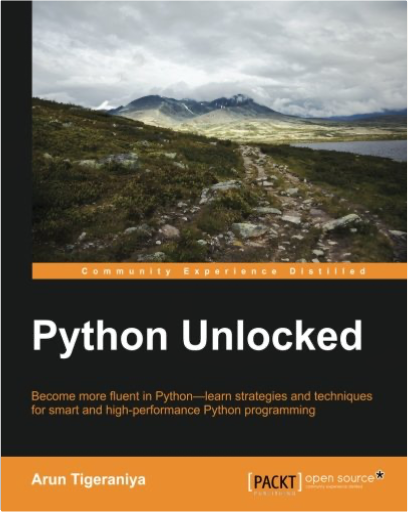
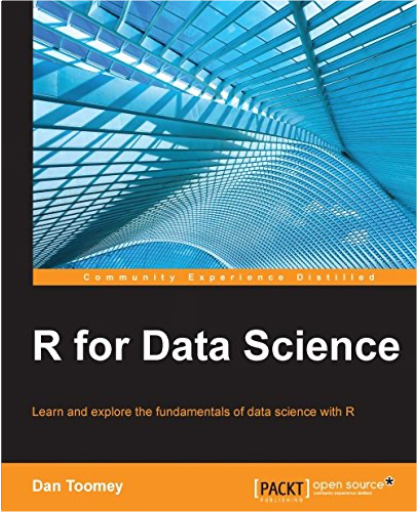
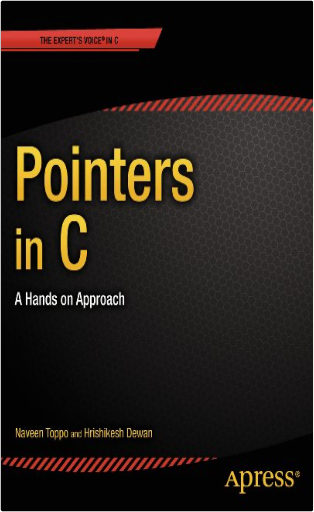
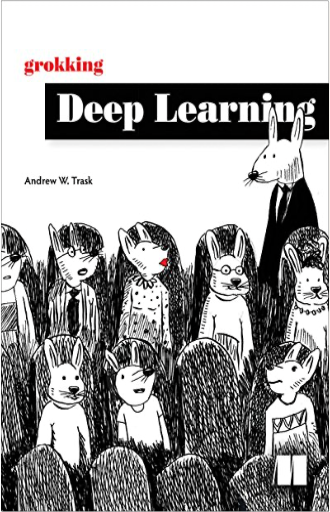

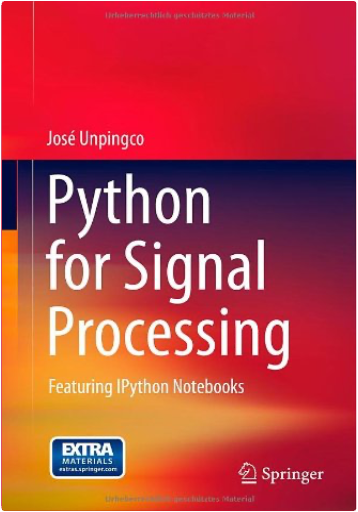
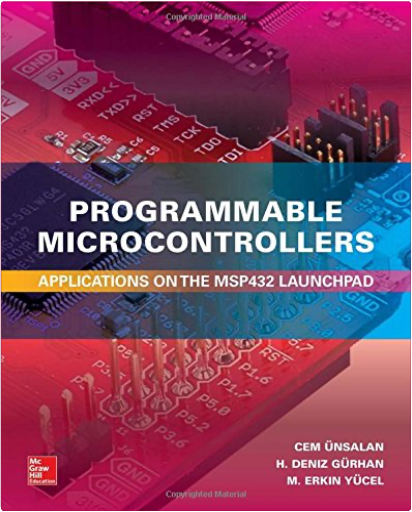
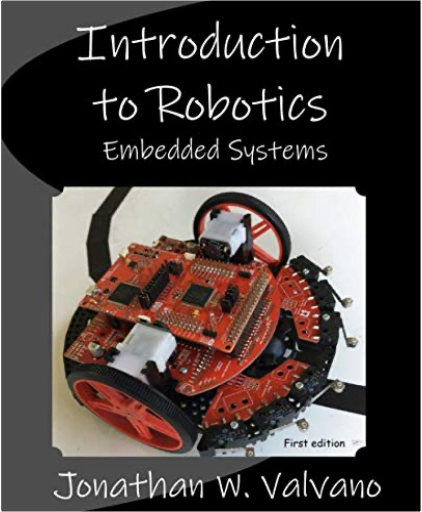
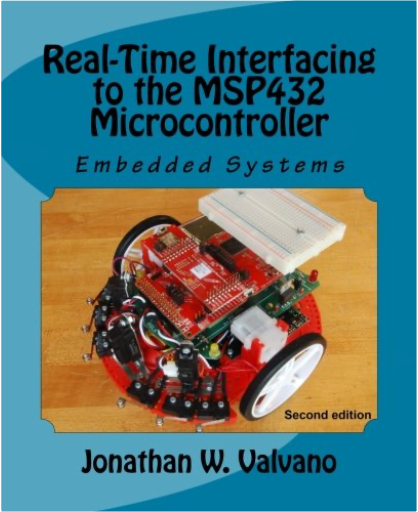


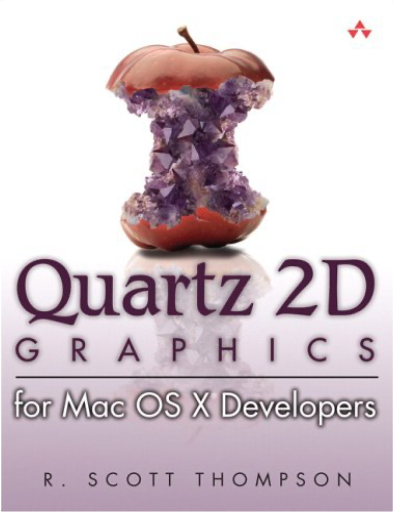

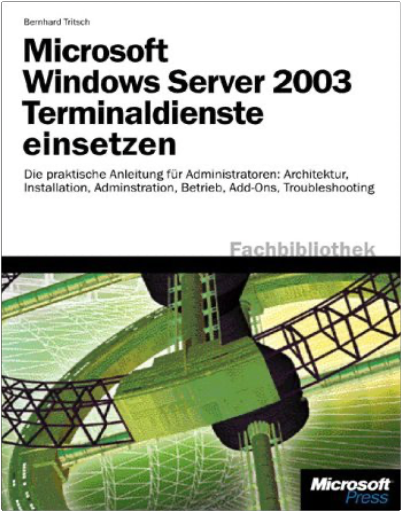
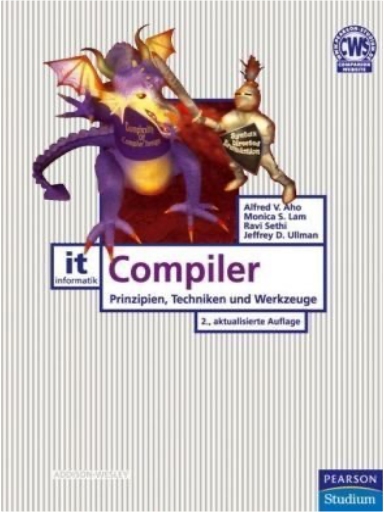
 Made with Delicious Library
Made with Delicious Library